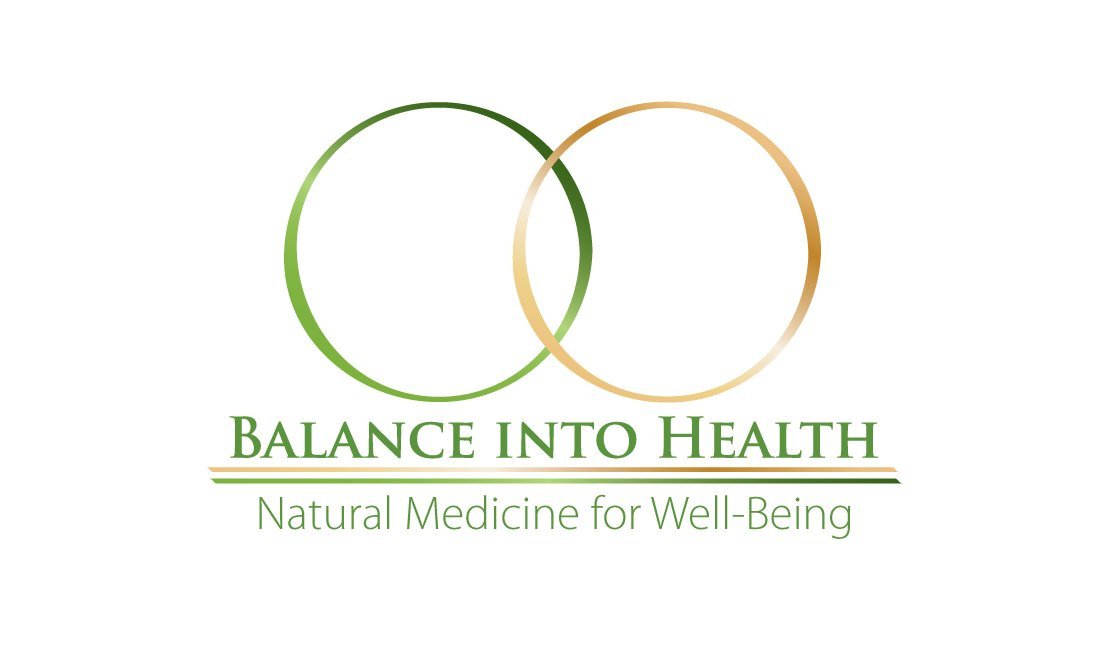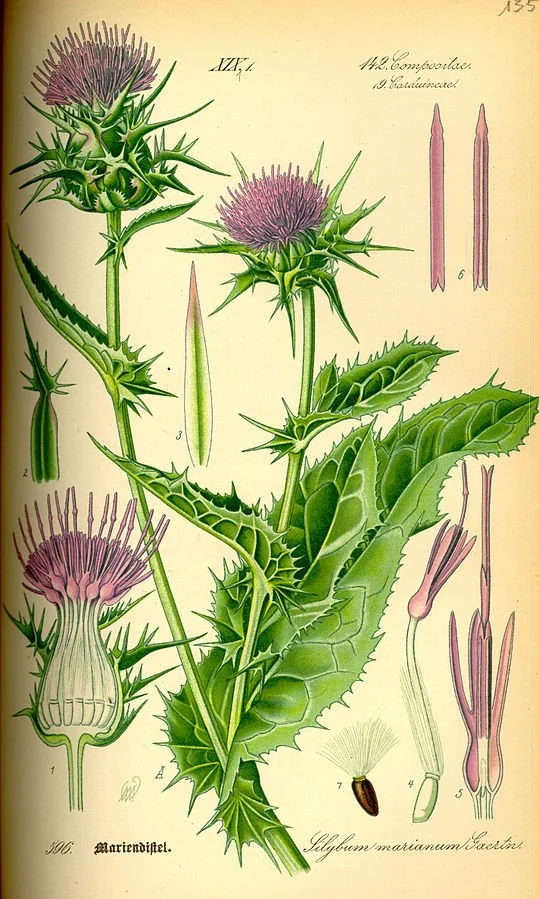How Milk Thistle's Antioxidant Actions Help Protect The Liver From Toxins
Prickly yet pretty, milk thistle is a plant with a long, thin stem, spiny leaves, and a purplish-pink thistle at the top. Often considered a weed, it has been used for hundreds of years as a natural, herbal way to treat liver and gallbladder diseases. But is it really good for you, and can it really help your liver?
What Is Milk Thistle?
This plant is named for the white lines that streak across its green leaves. If the leaves are ripped or crushed, a milky white liquid oozes out. You might also hear it called Mary thistle or holy thistle. Milk thistle is native to Europe’s Mediterranean region. It now grows all over the world, including northern Africa, South Australia, and parts of North and South America.
It’s sometimes called silymarin, which is one of the main components of the plant’s seeds. The terms milk thistle and silymarin are often used interchangeably, even though they aren’t exactly the same thing. Silymarin is considered an antioxidant and an anti-inflammatory. In the United States, it’s one of the most commonly used herbal supplements for liver issues.
What Can It Do for the Liver?
Silymarin is said to keep toxins from attaching to liver cells. It also holds free radicals in check. These unstable molecules are byproducts of your body’s functions. But they can harm healthy cells and lead to health issues. Medical research on milk thistle and liver health has led to mixed results. Studies show that silymarin may help ease inflammation and promote cell repair. This may help ease symptoms from liver diseases like jaundice, cirrhosis, liver cancer, and fatty liver disease.
However, other studies don’t show any effect against another liver disease: hepatitis C, which is a viral infection. A major study found that people with hepatitis C didn’t benefit even from higher-than-normal doses of silymarin. Researchers found no changes in virus levels or quality of life in people who took the milk thistle, compared with those who took a placebo. So far, no herbal supplement has been proved to be effective against hepatitis C.
While more research is needed in that area, silymarin does have a good track record when it comes to treating a certain kind of mushroom poisoning. Amanita phalloides is better known as the death cap for good reason. It’s responsible for most of the deaths from eating foraged mushrooms worldwide each year. Eating it can lead to liver damage and even liver failure. Several studies show that silymarin has been helpful in treating the toxins.
Are There Side Effects?
Generally, it’s safe to take milk thistle in recommended doses. Some people have reported nausea, gas, diarrhea, or loss of appetite. Other people have reported a headache or itchiness after they take it. Milk thistle can cause an allergic reaction, especially if you’re allergic to other plants in the same family. These include ragweed, daisies, marigolds, and chrysanthemums.
People who have diabetes should talk to their doctor before they take milk thistle because it may lower blood sugar. Don’t take it if you have breast, uterine, or ovarian cancer; endometriosis; or uterine fibroids. It can mimic estrogen. If you’re pregnant or breastfeeding, talk to your doctor before you take milk thistle or any herbal supplement.
How Do You Take Milk Thistle?
Milk thistle comes in powder, capsule, pill, or liquid extract forms. You can make the powder into a tea, blend it into a smoothie, or stir it into water. Swallow the capsule or pill with a glass of water. Add the liquid extract to water or tea.

